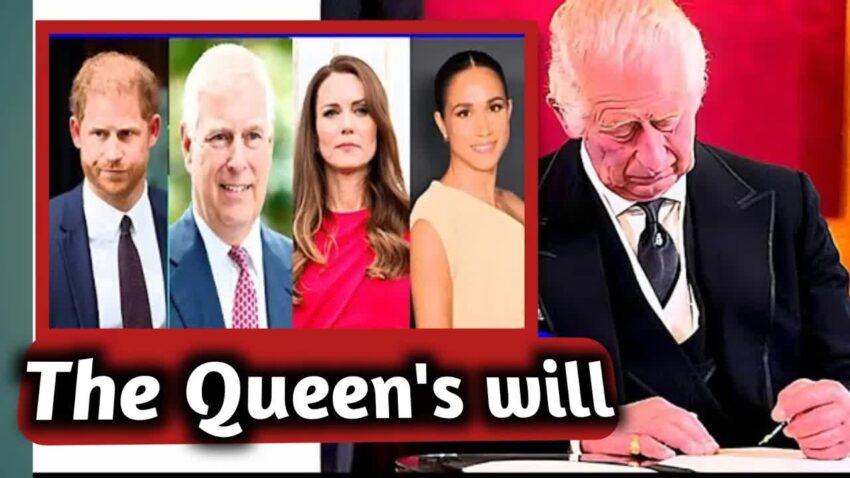The passing of Queen Elizabeth II has sparked widespread curiosity about the distribution of her considerable fortune, believed to be around $28 billion.
With her personal wealth estimated at approximately $500 million, many are left wondering how her assets will be divided among family members and what this means for the future of the British monarchy.
As the world reflects on the royal family’s storied past, questions about the fate of treasured heirlooms and family assets loom large.
What will happen to the beloved Balmoral and Sandringham estates, valued at $115 million and $57.6 million respectively?
These residences were not just properties; they held deep sentimental value for the Queen.
It’s likely that King Charles III will inherit them, but it’s also possible that other family members will be included in the distribution, showcasing the strong familial bonds within the royal lineage.
While many people assume that the royal family relies heavily on taxpayer funding, the reality is quite different.
Queen Elizabeth’s wealth primarily came from private holdings, including the Privy Purse.
This financial independence was bolstered by income from 35 properties and extensive land ownership, allowing the royal family to support themselves without burdening the public purse.
The crown jewels, a dazzling collection valued at an astounding $3.4 billion, add another layer to the conversation about inheritance.
These iconic items have long been symbols of power and authority, integral to British coronation ceremonies.
According to established tradition and law, these jewels automatically pass to the next reigning monarch, ensuring that this legacy continues unbroken through the ages.
One intriguing aspect of this royal inheritance is the exemption from inheritance tax, a privilege that dates back to 1993.
